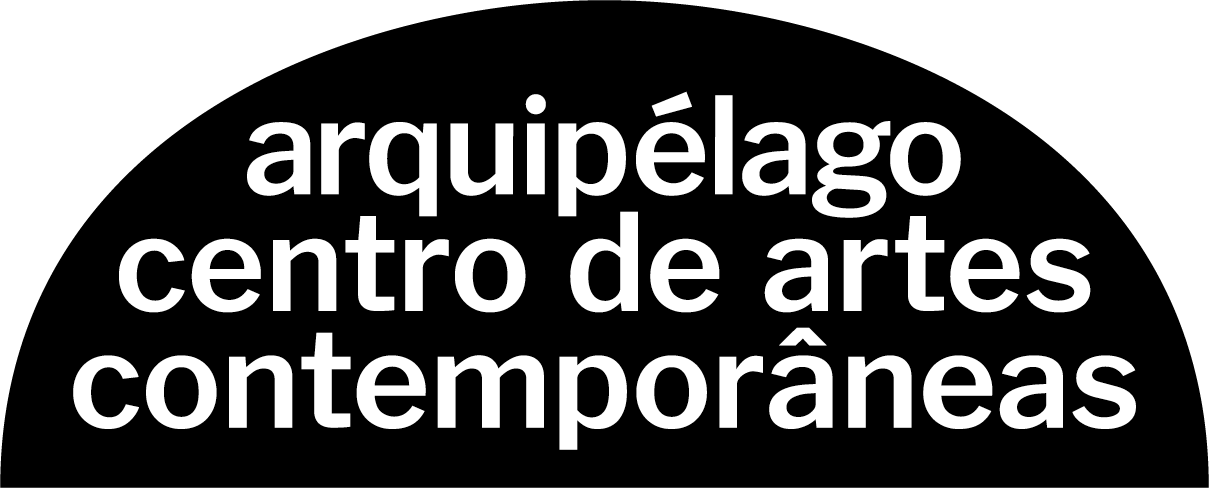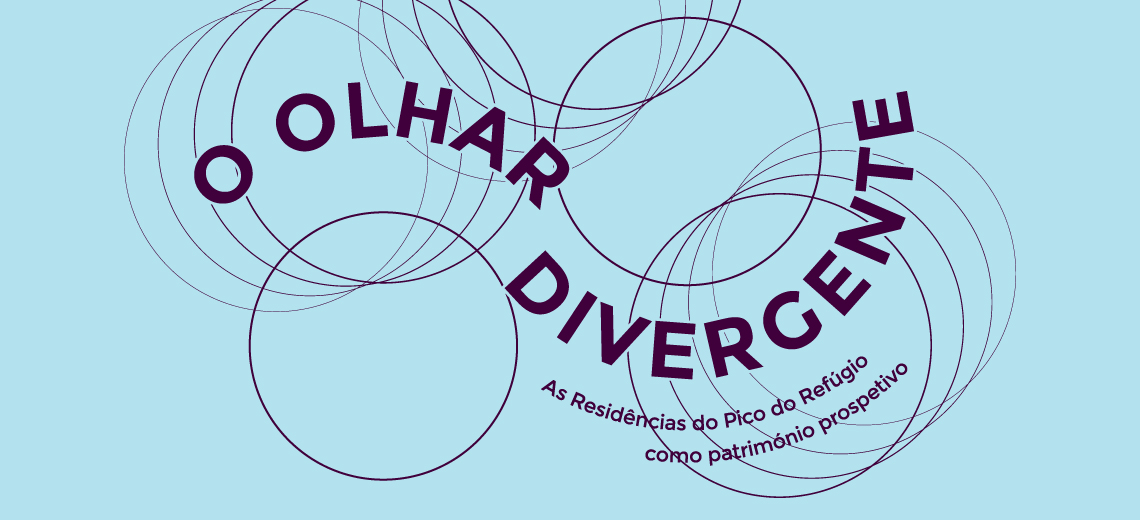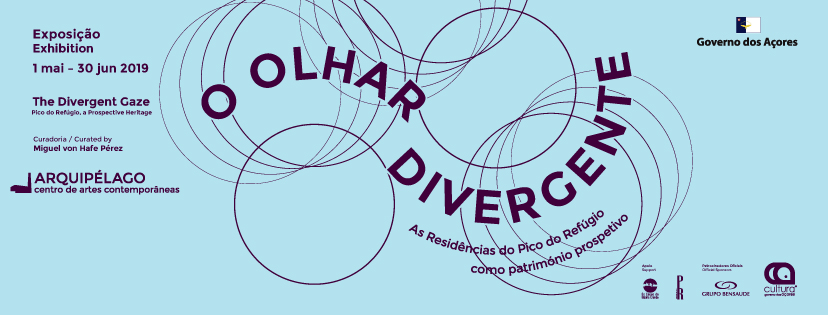Exhibition
1 mai - 30 jun 2019EXHIBITION
The Divergent Gaze – Pico do Refúgio, a Prospective Heritage
1st May – 30th June 2019
Curated by | Miguel von Hafe Pérez
ARTISTS | Ana Catarina Fragoso, Ana Catarina Pinho, Andrea Santolaya, António Júlio Duarte, Atelier de Lisboa, Carla Cabanas, Cláudia Varejão, Daniel Blaufuks, Duarte Amaral Netto, Graham Gussin, Gustavo Ciríaco, Hun Chung Lee, José Pedro Cortes, João Paulo Serafim, João Valente, Maria Pita Guerreiro e Dion Soethoudt, Luis Bernardo Leite de Ataíde, Luisa Constantina, Miguel Palma, Márcio Vilela, Pedro Vaz, Thurston Moore, Tito Mouraz, Valter Ventura
SYNOPSIS
The Divergent Gaze is the offshoot of the artistic residency program created in 2015 by Bernardo Brito e Abreu at the Pico do Refúgio, a touristic endeavor that has now established itself as a platform for the cultural advancement of the island of São Miguel.
Four years after its inception, the residency program has hosted twenty-one artists and two photography workshops (with dozens of participants) supervised by António Júlio Duarte, who was also one of the program’s resident artists.
Albeit there’s a focus on photography, many creative disciplines have been proposed and worked in the context of this program, be it in their pure forms or complementing others: design, painting, sculpture, drawing, video, sound, literature and the performing arts are all present in the works of the Pico do Refúgio collection, which we are now showing.
When the possibility arose to produce this institutional collaboration with the ARQUIPÉLAGO — Center for Contemporary Arts, a result towards which some movements had already been made in previous presentations of the works by some of the artists who participated in the program, it immediately became clear that an exhibition exclusively dedicated to the works owned by Pico do Refúgio would be a wasted opportunity, and we made our best efforts to include more works in the show, strengthening the participation of the artists represented in the collection. As such, through a process in which the generosity of the artists stood out, we can now present other works that, despite having been produced and presented in other circumstances, preserve a link to the residency. In this way, we assured a more coherent and compelling body of work for a show that brings together essential names of international and national contemporary art.
All the artists were personally invited by the founder of the residency program, an organic process that has relied on a chemistry of personal affinities and on the suggestions made by the authors. With no open call, this exhibition conveys a singular vision of the contemporary scene, one with which — as the curator of the show — I completely identify.
With no predefined objectives imposed by the residency program, the artists were always as free as possible, considering the natural constraints imposed by time and logistics. In this sense, what we are now presenting is both notable and unexpected.
The island as material and scenery
In a time in which artistic residencies proliferate on a global scale, many different typologies have emerged and consolidated in the last few decades. Ranging from the institutional, promoted by museums, art centers, cities or corporate patrons, to the informal, associated with artist-run spaces or local associations, today one can access a network of these residencies everywhere on the planet.
In this case, we are obviously looking at a budding initiative, based on a process that relies on personal trust and vital complicities. This organicity pleases me, because it embodies a fluidity that implies a peculiar level of creative freedom.
When we are confronted with the vision of these works in the show for the first time, the inscription of the Azorean reality in the very different and personal paths of each of these artists becomes immediately clear. Through their formal researches, thoughts and discursivity, they have materially and conceptually examined the island without ever deviating from their individual aesthetic guidelines. Depicting natural or social landscape, the seen or the imagined, engaging with history or hypothesizing the future, they have made use of a diversity of strategies in order to anchor their idiosyncratic modes of working in the fluid and mutant platform of the reality they drank from.
A Prospective Heritage
Constantly reaffirmed as a national design, an effective decentralization of our cultural policies as never been more urgent, as it is necessary to fight the social and economic inequalities that exist between our different regions.
If, one the one hand, mobility and infrastructures have been greatly improved; on the other hand, this process was not always accompanied by an improvement of the conditions to access culture — a constitutional right — in the interior and insular regions of the country.
The ARQUIPÉLAGO — Center for Contemporary Arts, with its renowned building and architecture, has been a critical force in the pursuit of a role for the contemporary arts as a source of knowledge, social inclusion and a tool to reaffirm our heritage. It has also been instrumental to the continuity of initiatives like TREMOR and WALK & TALK, projects that embody a new and inclusive perspective of the most relevant expressions in different areas of contemporary culture. These are substantive markers of an offer that is not directed to a seasonal audience, but aims to create a critical mass within its own territory.
By inviting contemporary artists to their residencies, so that they can directly experience the social, physical and immaterial territory of the Azores, Pico do Refúgio assures an additional path, leading to the creation of a heritage that will be key to the future. If the artists of today are curious about and research the 19th and 20th century representations of the island, look into how the artists of the time depicted their landscape, how they documented fauna and flora, the sea, their fellow countrymen and their traditions, erudite and vernacular architecture (and some of the blunders in between), the artists and the public of the future will probably understand how important it was to create the space for the materialization of the particular gazes, so different and divergent, that can be found in this exhibition.
A final remark
The brainchild of Luís Bernardo Brito, the Pico do Refúgio Art Residencies are also an homage to the artistic tradition of his family, and particularly to his mother, the sculptor Luísa Constantina. In this spirit, and to emphasize and pay tribute to the singularity of this tradition, we included one of her sculptures, which is usually on display at the Museu Carlos Machado, in Ponta Delgada, and an early-20th century painting by Luis Bernardo de Ataíde. Hopefully positively disruptive in the context of this show, these are singular depictions of a tangible island and of a fictional island.
Miguel von Hafe Pérez
Calendar of events Exposições
-
-
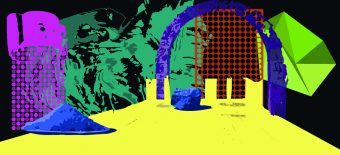
-
20 fev - 29 ago 2021
Sob o peso frágil
Da pálida abóbada
-
-
-
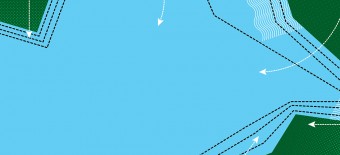
-
23 abr - 12 out 2021
Exposição
PRAZER DO ESPÍRITO
E DO OLHAR
Paisagem e Viagem
em Arte Portuguesa
da Coleção Arquipélago
-
-
-

-
13 mar - 27 jun 2021
“nós”, nas traves do sótão
Tomaz Borba Vieira
-
-
-

-
27 mar - 20 jun 2021
The Writer
Ana Hatherly in the FLAD Collection
-
